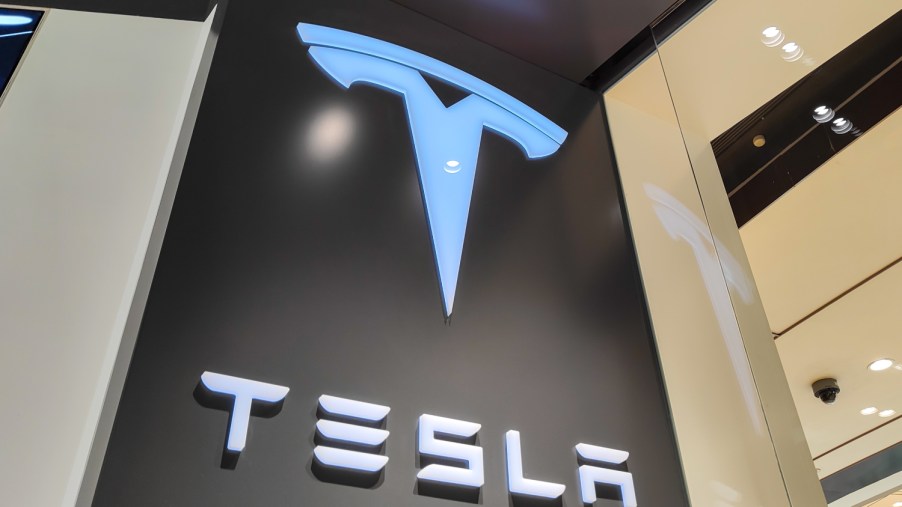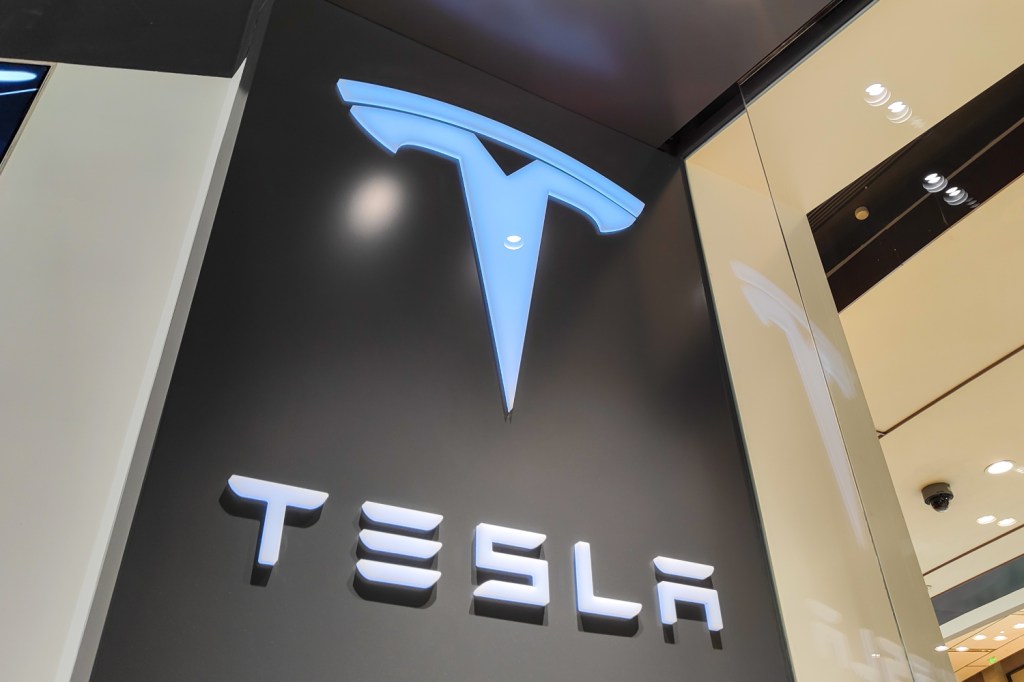
Tesla Safety Report for 2021 Q1: How Safe Is Autopilot?
Tesla has been in the news lately for misconstrued reporting that autopilot on a vehicle caused the death of two individuals. The specific Tesla in this incident was a 2019 Model S. Can we infer that autopilot is making the roads safer from the numbers on the safety report?
Tesla’s Q1 2021 safety report

You can read the full car safety report on Tesla’s website. “At Tesla, we believe that technology can help improve safety. That’s why Tesla vehicles are engineered to be the safest cars in the world.”
This report isn’t a new thing to be posted by the brand. It comes after a recent accident which blamed autopilot for two deaths. This has not been confirmed, and an investigation is pending.
The brand notes that the Model S, Model X, and Model 3 have the lowest overall probability of injury over “any vehicle ever tested” by the government. Similarly, these results are improving with each year.
It is also interesting to note the “Vehicle Fire Data” section. For instance, from 2012-2020, there was one Tesla vehicle fire for every 205 million miles traveled. The National Fire Protection Association (NFPA) and U.S. Department of Transportation noted a vehicle fire occurred every 19 million miles traveled.
Can we compare Tesla’s 2020 numbers with 2021 numbers?
2020 was an unprecedented year for, well, everything. With strict lockdowns in most places in the world from March through December, the roads were empty. Therefore, people barely drove cars, and people tended to stay home to avoid the pandemic.
In the first quarter of 2021, Tesla says that one accident was registered for every 4.19 million miles driven with autopilot engaged. An accident was registered every 2.05 million miles driven without autopilot engaged. However, an accident was registered every 978,000 miles without either autopilot or other safety features engaged.
The What Is the National Highway Traffic Safety Administration (NHTSA) noted an accident every 484,000 miles.
In 2020, Tesla registered one accident for every 3.45 million miles with autopilot. Without autopilot, it was 2.05 million. And without either, it was 1.27 million miles.
In 2019, the results were 2.87 million miles with autopilot, 1.76 million without, and 1.26 million without either. The NHTSA noted a crash every 436,000 miles.
In other words, it does appear that Tesla and the safety features are making roads safer. It also appears that the roads are becoming safer, in general.
Autopilot and Full-Self Driving
If we take Tesla’s word for it, driving with autopilot and other safety features engaged is safer than not. There is nothing wrong with that fact, but we can’t stop drivers from engaging in risky behavior.
Perhaps part of the issue here is terminology. Drivers seem to take “autopilot” and “full self-driving” at face value: You don’t need to drive. But that isn’t the case. Both of these features still require the driver to pay attention to the road.
Unfortunately, as might have been the case in the crash, neither Full Self Driving nor autopilot can help if there is no driver. In conclusion, Tesla can update the technology over the air; but it is still far from being autonomous.
Above all, Tesla is doing what it can to make the roads safer. The company cannot control what other drivers do, but making cars safer is the first step.



